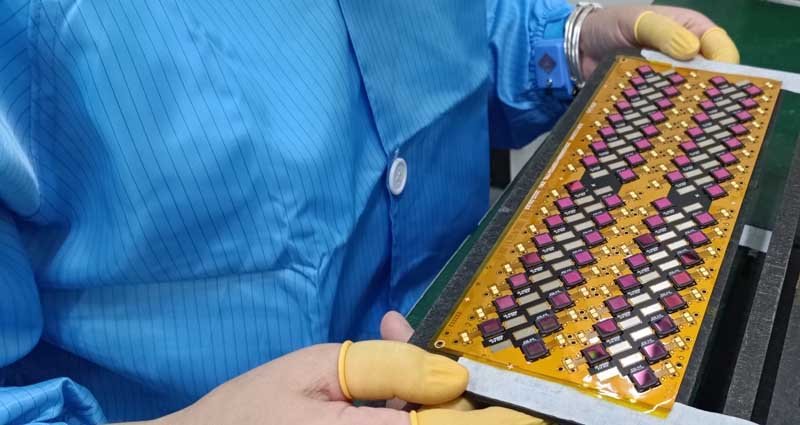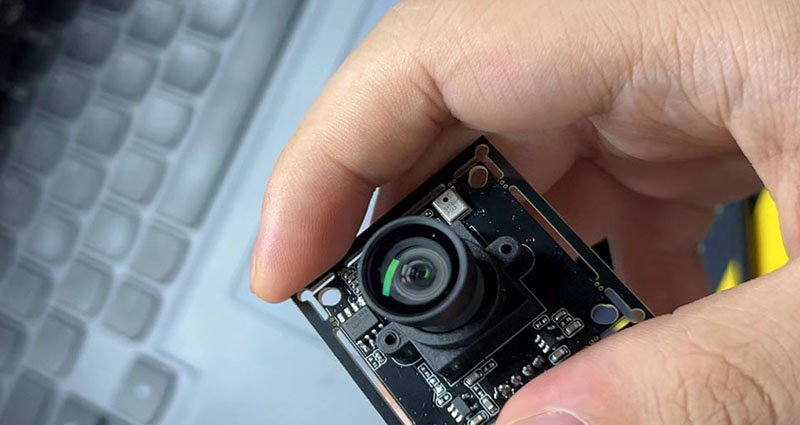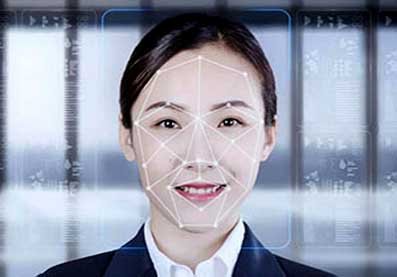The application of camera modules in machine vision has revolutionized the way we perceive and interact with the world. In recent years, advanced camera modules have made it easier to perform complex tasks that were impossible in the past. In this article, we’ll explore camera modules and their applications in machine vision.
Camera Module
A camera module is essential for capturing digital images and videos in electronic devices, such as smartphones, tablets, laptops, and digital cameras. It comprises a lens, image sensor, and other integrated components that work cohesively to produce high-quality visual content.
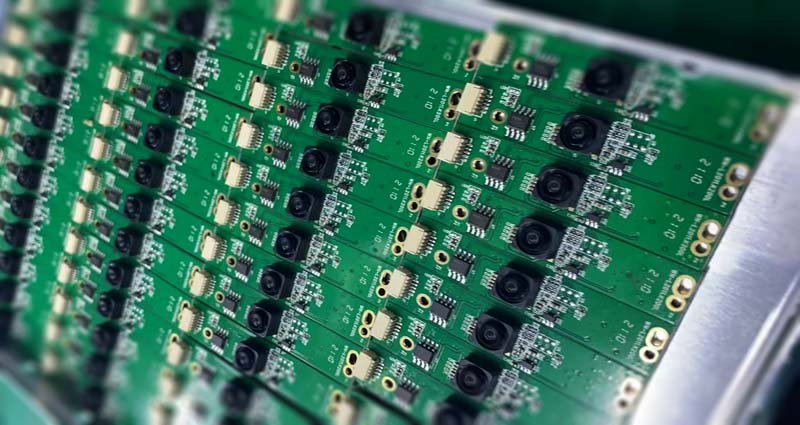
Camera module has come a long way since its inception. Early versions were bulky, expensive, and produced low-quality images. However, modern camera modules are small, affordable, and can produce stunning images and videos. The high-quality images produced by modern camera modules make them ideal for machine vision applications.
Machine Vision
Machine vision simulates human visual functions through computers, so that machines can obtain relevant visual information and understand it. It can be divided into two parts,vision and perception. The vision system aims to convert external information into digital signals and transmit them back to the computer through imaging. This requires a comprehensive set of hardware solutions, including light sources, cameras, image acquisition cards, and vision sensors. Perception is the processing and analysis of digital signals by computers, mainly software algorithms.

Machine vision appears in industry for essential functions such as measuring, detecting, recognizing, and positioning. The industry chain can be classified into three segments: upstream component market, midstream system integration/equipment market, and downstream application market.
The machine vision upstream includes software and hardware providers such as light sources, lenses, industrial cameras, image acquisition cards, and processing software. Meanwhile, the middle stream consists of integrated and complete sets of machine equipment providers that are widely utilized in downstream industries.
Machine Vison Markets
Major downstream markets include electronics manufacturing, automotive, printing and packaging, tobacco, agriculture, pharmaceuticals, textiles, and transportation.
Robotic Systems
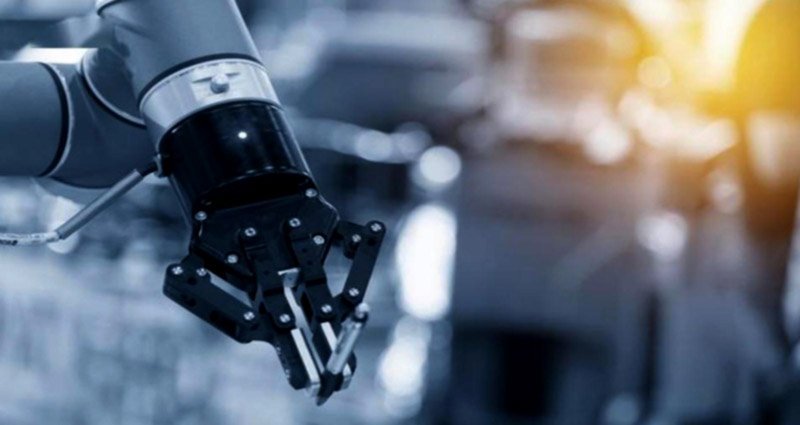
One of the most common applications of camera modules in machine vision is in robotic systems. Robotics has revolutionized many industries, including manufacturing, healthcare, and agriculture. Robots are now used to perform repetitive tasks such as assembly line work, surgery and farming. To perform these tasks, robots need to have vision capabilities comparable to humans. Camera modules are an integral part of robot vision systems.
Measurement and Inspection
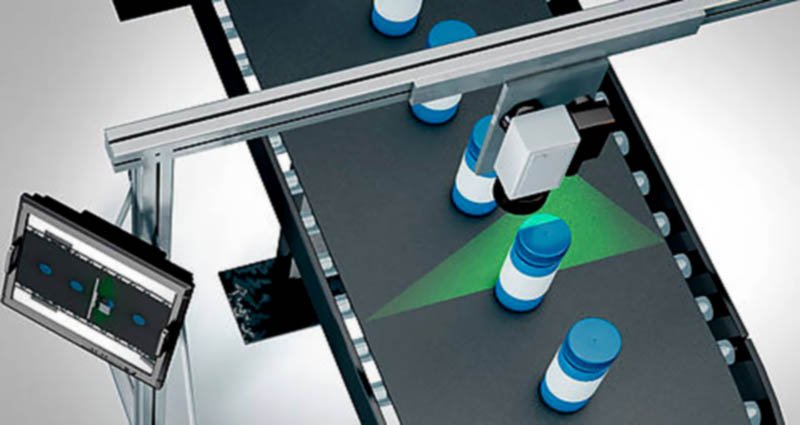
In manufacturing, camera modules play the role of pre-assembly inspection and measurement of parts. By capturing images of the part and comparing them to design specifications, camera modules ensure that parts meet required tolerances and specifications. Additionally, finished products undergo inspection by camera modules to guarantee adherence to quality standards.
Healthcare

In the healthcare industry, camera modules are utilized in endoscopes to facilitate the visualization of internal organs and tissues for diagnostic and therapeutic purposes. Endoscopy is a minimally invasive surgical technique that has been widely adopted for the management of various medical conditions. Additionally, camera modules play an essential role in medical imaging systems such as MRI and CT scanners by enabling high-quality image acquisition of the human body’s internal structures.
Agriculture

In agriculture, camera modules are for capturing images of crops and livestock and analyzing the visual data to detect signs of disease or discomfort. This process enables farmers to take corrective action before problems become too severe.
Security Systems
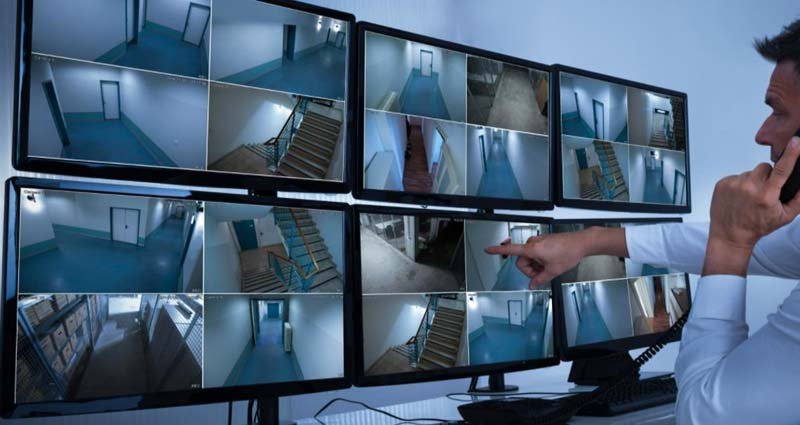
Security systems use camera modules to monitor and record activities in a designated area. These modules capture high-quality images and videos that can identify individuals or events. With advances in artificial intelligence, security systems can now analyze captured media using machine vision to detect potential threats or suspicious activity.
How to Select A Camera Module for A Machine Vision System?
Selecting a camera module for a machine vision system is a step-by-step process that integrates the lens and image grabber interface with the camera, as well as the parameters of the camera itself.
The first step should be to identify the physical interface between the camera, lens, and image grabber for proper connectivity.
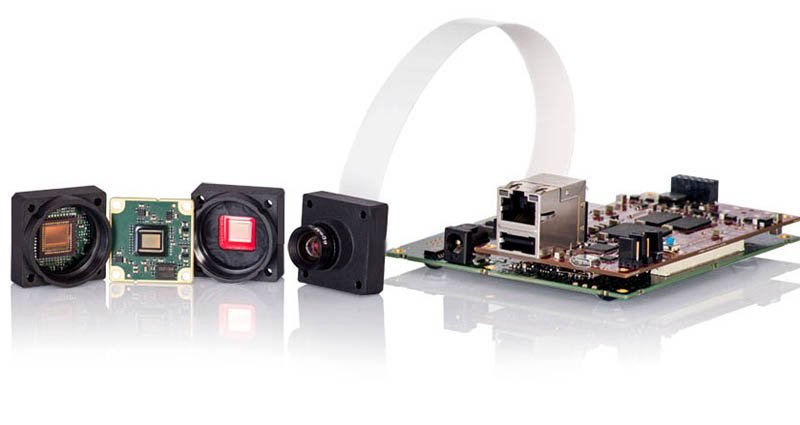
However, due to the current standardization of the interface between the camera and the lens and the computer/image grabber, it is possible to choose a camera module directly from the accuracy requirements of the machine vision system for the project.
There is no fixed process for camera module selection. According to experience, consider the following aspects.
- Refine the camera module’s sensor size and resolution to meet project requirements and machine vision imaging system specifications.
- Determine the camera module output mode and standard (analog/digital, color, rate, etc.)
- Determine the physical interface and electrical interface of the camera module.
- Determine other camera module performance metrics.
Conclusion
The application of camera modules in machine vision is critical to the advancement of many industries. Camera modules simplify the interpretation of visual data in various fields, including robotics, manufacturing, healthcare, and agriculture.
The camera modules’ high-quality images enable complex machine vision tasks previously impossible. With continuous advances in camera module technology, machine vision will revolutionize many industries in the future.

